I looooove Monet’s Water Lilies paintings. Having visited the Musee d’Orsay and Musee de l’Orangerie, with the wonderful impressionists exhibitions and featuring Monet’s giant water lilies, I just had to visit the gardens that inspired such beautiful pieces of work. Monet lived in his house in the village of Giverny for 43 years, until he died in 1926, and much of his most famous work was completed here, where he built the most magnificent garden.
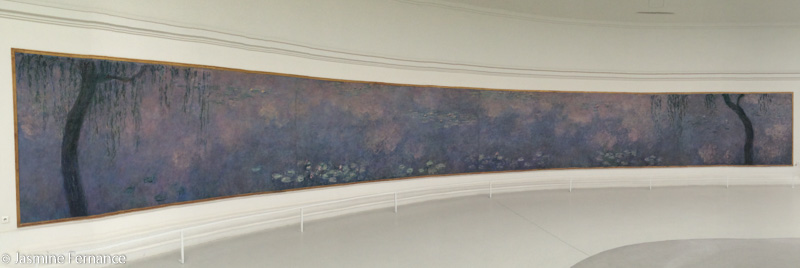
My trip to Giverny didn’t start out as well as I’d planned. Giverny is located about 80km out of Paris, so I needed to catch a train from Saint Lazare. I arrived at the station at 8am, thinking this was plenty of time to buy my ticket for the first train of the day at 8:20am. What I didn’t count on was the ticket machines being card only, no cash, and they refused to accept my card. 30 minutes waiting in line later (of course by this time missing the train) I found out that the next train wasn’t until 10:20am. Gah!! A two hour wait. Waahhhhh! I know that one of the things travel is supposed to teach you is patience when things go wrong, but I haven’t seemed to have learnt that yet, and was pretty annoyed. The Aussie family in front of me had the same problem.
Finally on my way, I arrived in the town of Vernon just before 11am. Giverny is then a short ten minutes away by shuttle bus which are waiting outside the station. Having had the foresight to buy my ticket to Monet’s house and gardens while visiting the Musee de l’Orangerie earlier in the week I skipped the line out front and headed straight in the back way, directly to the gardens.
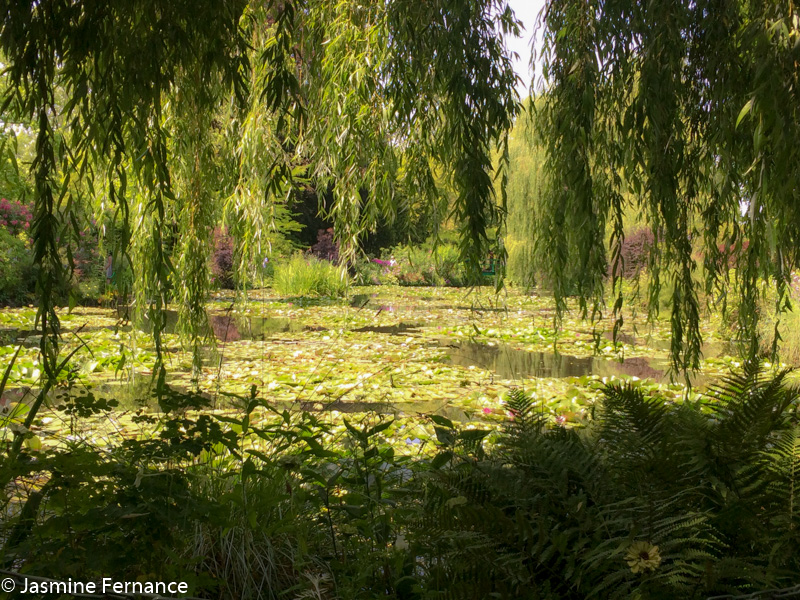
What a beauty they are. Not as crowded as I expected, I was able to wander in relative peace along the paths and through the multitude of flowers whose scent filled the air. Shaded from the hot sun, the paths were cool and one of the most pleasant places I have ever experienced. The ultimate though was finally reaching the pond, covered in giant lily pads bearing beautiful pink lilies. Willow trees were draped over sections of the pond providing shade, and at each end, a bridge, including the iconic Japanese style bridge made famous by Monet’s paintings. The many trees and flowers were reflected in the pond and reminded me of some of Monet’s paintings which were of the reflections only. I could really sense his inspiration here.
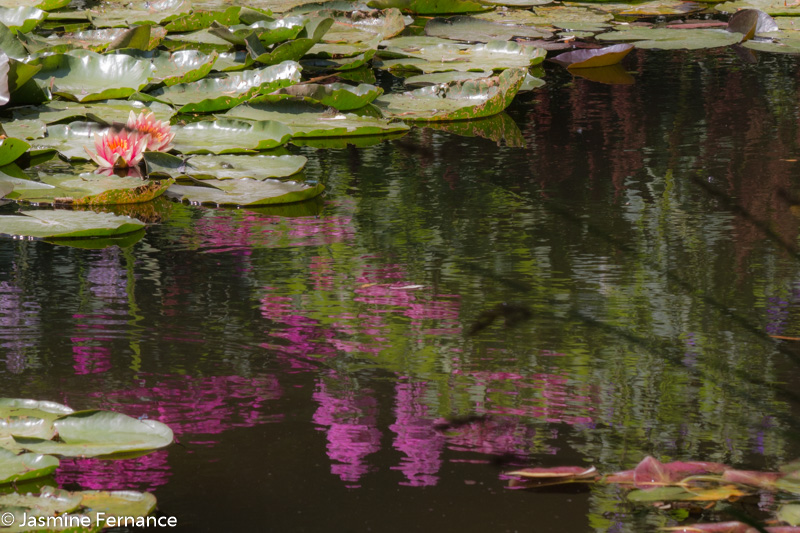
I sat for at least half an hour on a bench beneath a willow tree, admiring the scene and imagining the ambiance of the garden during Monet’s time. No photo could ever do justice to the scene though. Only your eyes, and Monet’s paintings, can truly show the beauty of this place. It couldn’t have been more serene (well it could, I had to listen to the woman next to me repeat over and over and over how beautiful it was and insist that her daughters sit with her, and when they didn’t she kept insisting, over and over and over. Oh shut up!!!)
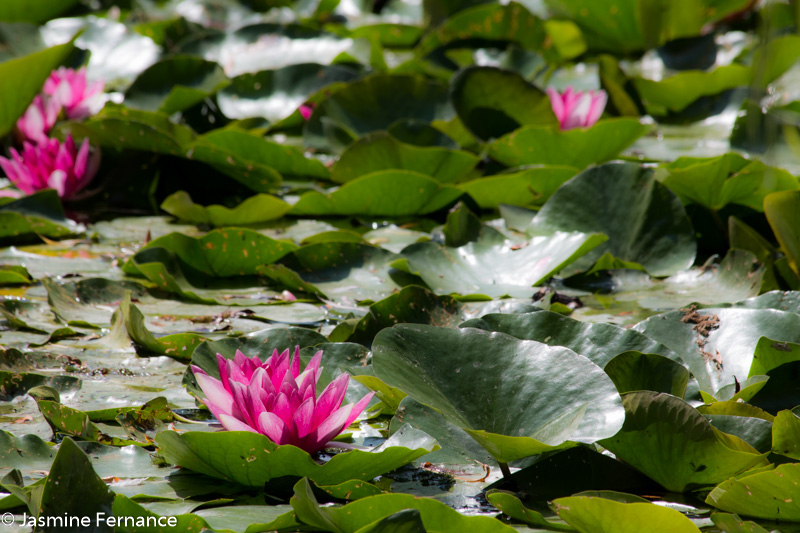
The ticket to the gardens also includes entry to Monet’s house, which has been kept much as it was while Monet was living there with his family. His study in particular was almost exactly as it had been during Monet’s life.
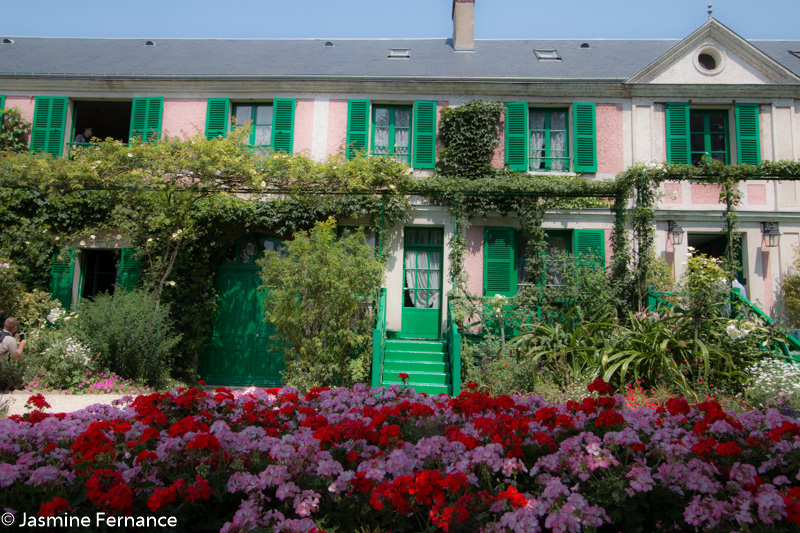
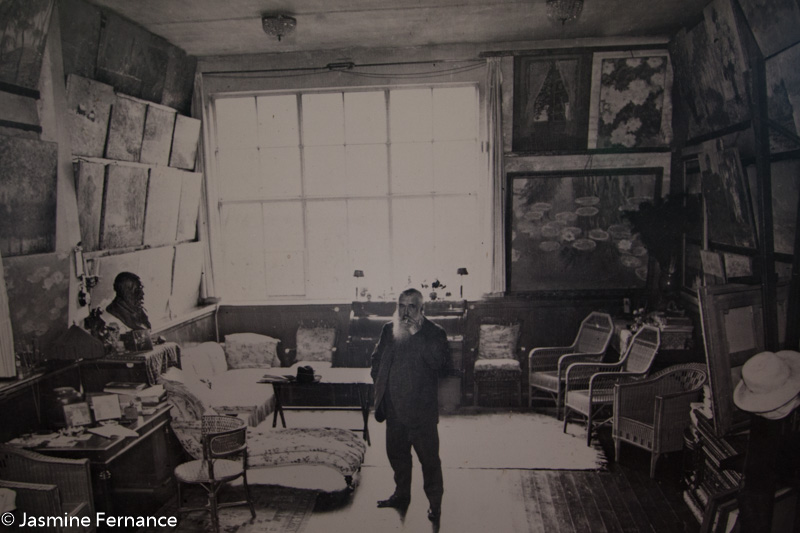
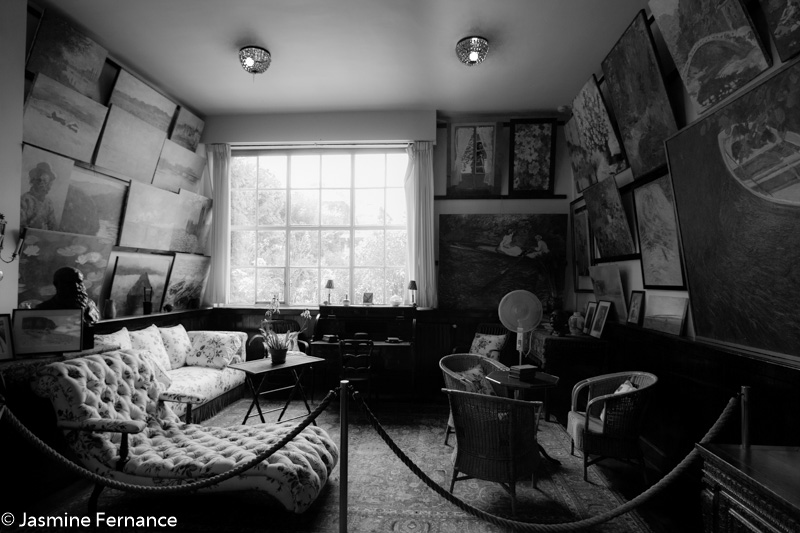
Monet’s house and gardens, though being the main drawcard, are not the only things to see in Giverny. The village itself is quaint and the main street (Rue Claude Monet) lined with gorgeous little buildings housing cafes, galleries and shops. There is also the Museum of Impressionism Giverny which displays a different exhibition each summer, focusing on a different expressionist artist. While I was there I was able to see an exhibition of Edgar Degas, with some of his earliest paintings and his sculptures.
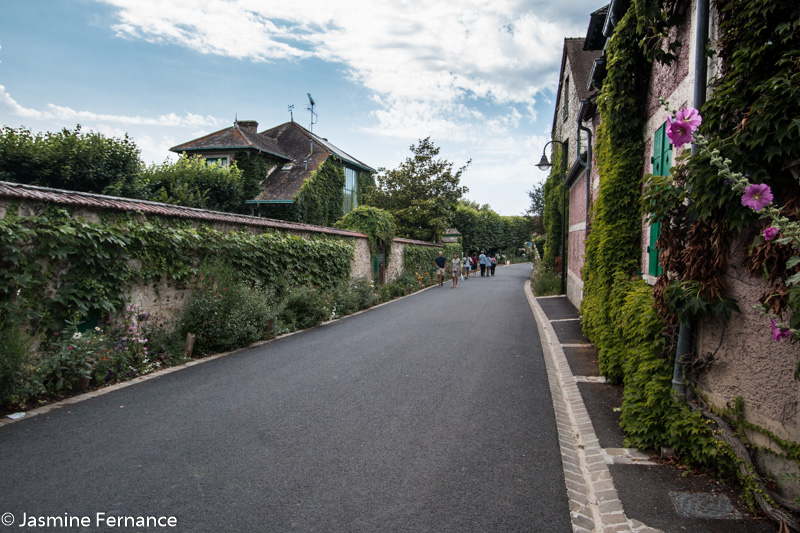
At the opposite end of town to Monet’s house and gardens I visited Monet’s grave site, at Église Sainte-Radegonde de Giverny, the local church. Monet shares his grave with many of his family members who lived with him in his home in Giverny. This village is truly where his heart lay.
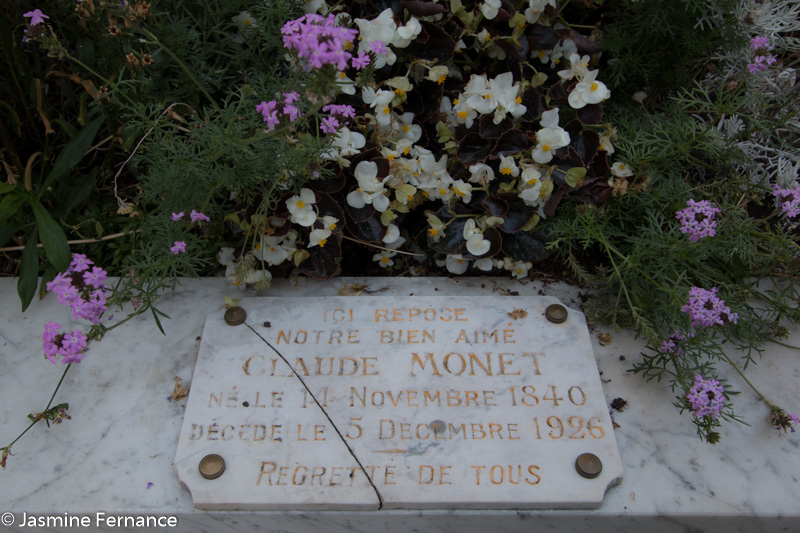
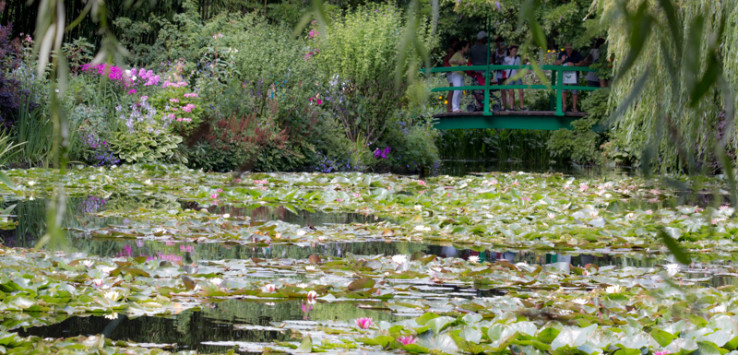
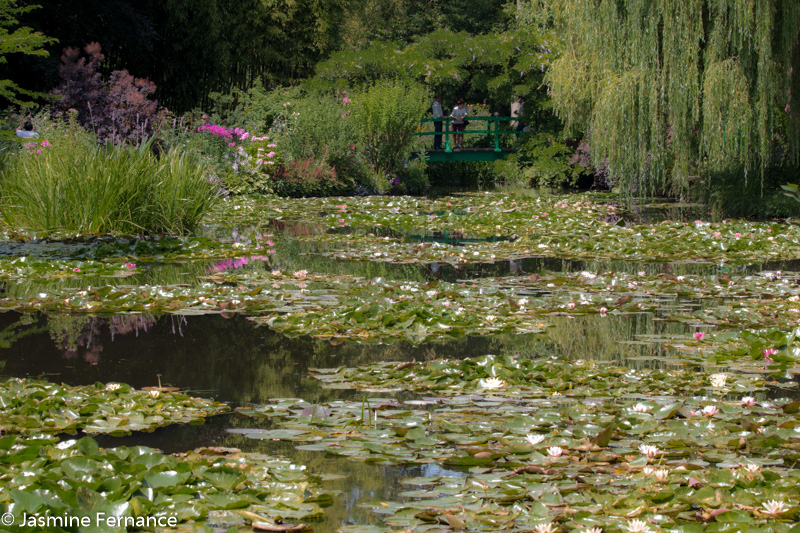

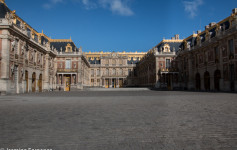

I loved it there too. Loving your descriptive and informative blogs Jas.